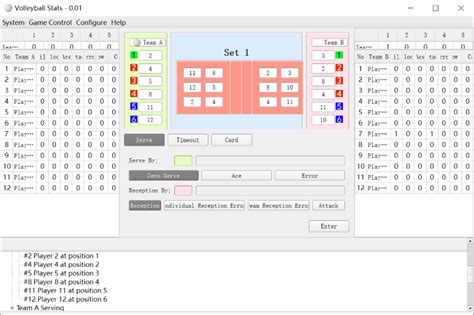Title: Crafting an Effective Big Data Football Analysis Report
In the realm of sports analysis, harnessing the power of big data has become increasingly vital, especially in a sport as intricate as football. A comprehensive football analysis report fueled by big data can provide invaluable insights for teams, coaches, and analysts alike. Here's a structured approach to crafting such a report:
1. Introduction:
Provide an overview of the report's objectives and scope.
Highlight the significance of leveraging big data in football analysis.
Briefly introduce the methodologies and data sources utilized.
2. Data Collection and Preprocessing:
Detail the types of data collected, including match statistics, player performance metrics, and contextual data.

Explain the process of data preprocessing, including cleaning, normalization, and feature engineering.
Address any challenges encountered during data collection and preprocessing.
3. Key Performance Indicators (KPIs):
Identify and define relevant KPIs for football analysis, such as possession percentage, pass accuracy, shots on target, etc.
Explain the significance of each KPI in evaluating team and player performance.
Present historical trends and benchmarks for these KPIs across different leagues or competitions.
4. Tactical Analysis:
Analyze team formations, playing styles, and tactical strategies based on the data.
Use visualizations like heat maps, pass networks, and positional tracking to illustrate tactical patterns.
Evaluate the effectiveness of different tactical approaches in achieving desired outcomes.
5. Player Performance Evaluation:
Assess individual player performance using relevant metrics like goals scored, assists, tackles won, etc.
Compare player performance across different matches or seasons to identify consistency and improvement areas.
Consider contextual factors such as opposition strength and match situations in performance evaluation.
6. Opponent Analysis:
Analyze opponents' strengths, weaknesses, and playing patterns based on historical data.
Identify potential threats and vulnerabilities to inform game strategy and preparation.
Utilize clustering or similarity analysis to categorize opponents into distinct playing styles or profiles.
7. Predictive Modeling (Optional):
If applicable, incorporate predictive models to forecast match outcomes, player performance, or tactical trends.
Discuss the methodology and performance metrics of the predictive models used.
Provide insights into the reliability and limitations of predictive analytics in football.
8. Insights and Recommendations:
Summarize key findings and insights derived from the analysis.
Offer actionable recommendations for coaches, players, and decisionmakers based on the insights.
Prioritize recommendations based on their potential impact and feasibility of implementation.
9. Conclusion:
Recapitulate the main findings and contributions of the analysis.
Reflect on the implications of leveraging big data in football analysis.
Suggest avenues for future research and improvement in datadriven football analysis.
10. References and Appendices:
Include a list of references for datasets, research papers, and methodologies cited.
Attach any supplementary materials such as data visualizations, code snippets, or additional analysis outputs.
Crafting a compelling big data football analysis report requires a blend of analytical rigor, domain expertise, and effective communication. By following this structured approach, analysts can deliver actionable insights that drive performance improvements and strategic decisionmaking in the world of football.


